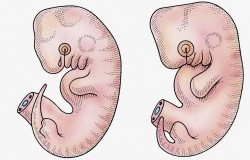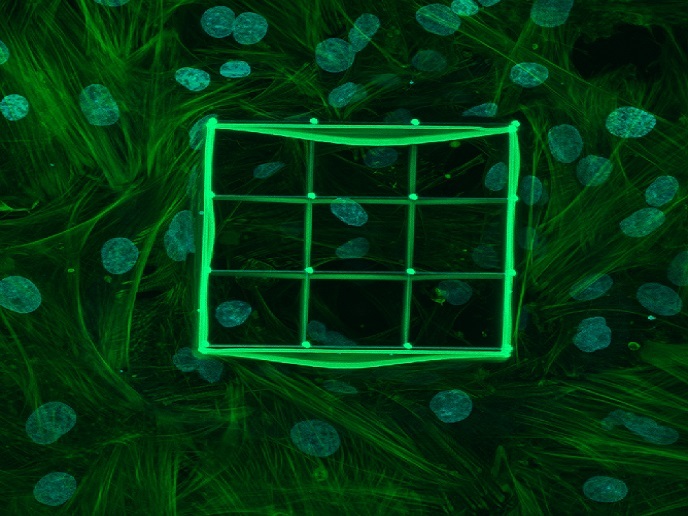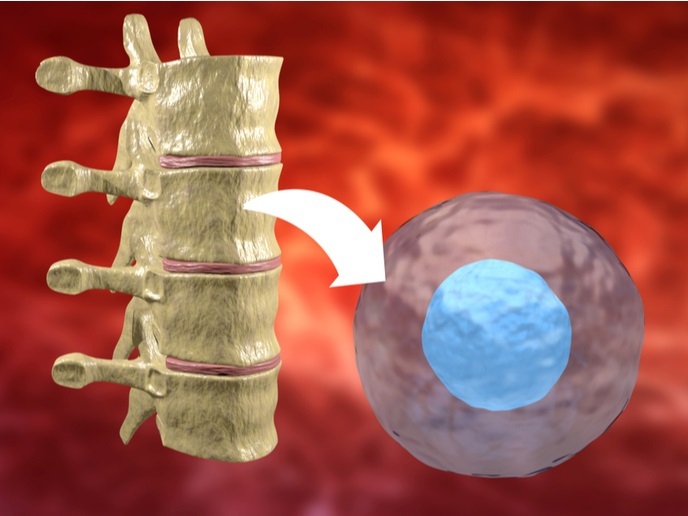Genes that influence cell fate decisions in the early embryo
Following fertilisation by the sperm, mammalian oocytes undergo a series of cell cleavage divisions that ultimately lead to the development of the blastocyst. The period leading up to the formation of the blastocyst, known as the preimplantation developmental period is characterised by an increase in cell number and the emergence of three distinct cell lineages. The successful emergence of these lineages will give rise to all the cell types required in the growing foetus and the supportive non-embryonic tissues (e.g. the placenta). This cell fate determination process is governed by tightly regulated patterns of gene expression. The EU-funded IDNOVCELFAT2011 (Identification and characterisation of novel cell-fate influencing genes in pre-implantation mouse development) project was centred on the regulation of cell-lineage formation during the preimplantation stages of mouse embryo development. In particular, researchers wished to identify and characterise novel genes and mechanisms that affect the emergence of the three blastocyst lineages. Scientists performed a bioinformatics analysis of pre-existing gene expression data in pre-implantation mouse embryos to identify potential novel cell-fate genes. These genes were then experimentally deregulated in the context of the developing preimplantation mouse embryo by silencing or over-expression and the normal formation of the blastocyst cell lineages was then compared against controls. Results indicated a role for the Socs3 gene in regulating the rate of cell division as genetic ablation led to blastocysts with more cells. The same gene also contributed to the latter stages of oogenesis by stabilising spindle functioning. Moreover, research showed that the Tead4 gene can bias differentiation towards the primitive endoderm, and trophectoderm blastocyst lineages, by potentiating lineage-specific genes. The study observations put Tead4 at the fulcrum of an integrated mechanism of early embryo cell-fate determination. Furthermore, scientists uncovered essential roles for genes of the p38Mapk type during preimplantation mouse embryo development. Using specific inhibitors, they found that gene inhibition from the two-cell stage resulted in embryonic arrest prior to blastocyst formation. This was speculated to be due to metabolic defects including inhibition of autophagy. Overall, the results of the project provide fundamental insight into the early molecular events that govern cell fate determination in the pre-implantation embryo. These results are highly relevant to human IVF treatments and derivation of therapeutic stem cell types.







